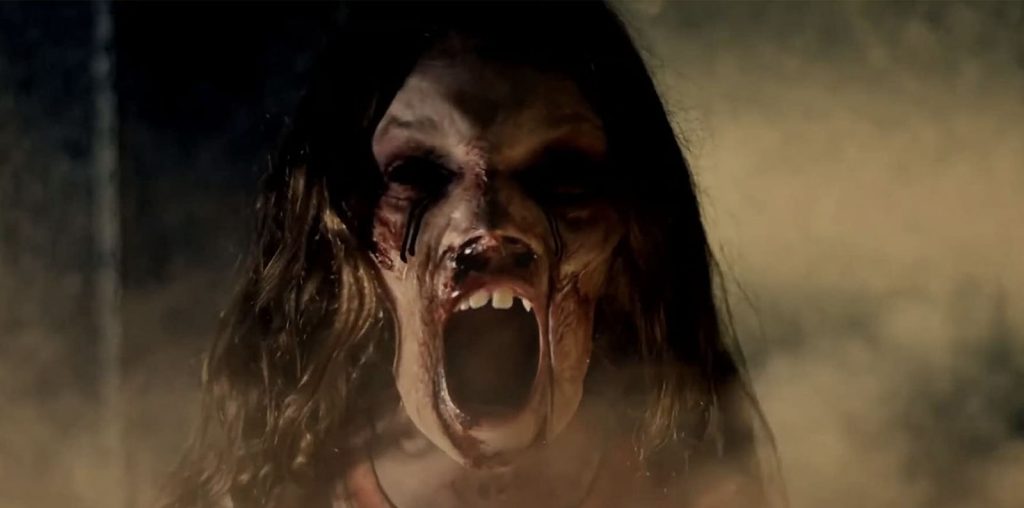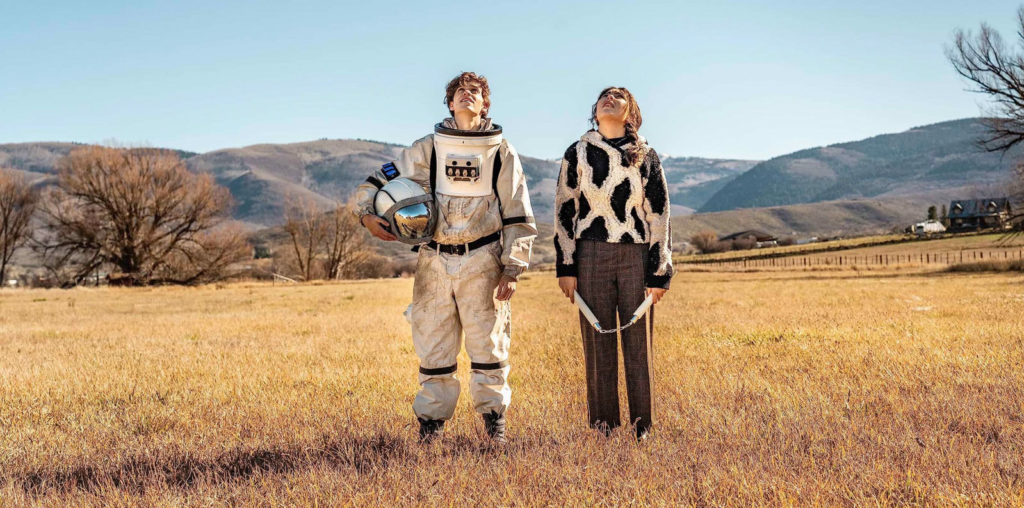
The initial impression (the video image mimics peril via pixelization, broken/scratchy audio, in-and-out-of-focus, etc.) you get when this film opens is, “oh, great, another imitator of ‘The Blair Witch Project,’ the ‘Paranormal Activity‘ films, and dozens of other variations of reality-themed features,” but as soon as the opening credits vanish, you will realize that William Dickerson’s “Detour” is actually closer to “Buried,” the harrowing but ultimately unfulfilling premature burial tale from 2010 featuring Ryan Reynolds. Both share an impending, claustrophobic scenario, with Dickerson’s story (which he co-wrote with Dwight Moody) involving a 30s-year-old ad executive named Jackson Alder (Neil Hopkins, also a co-producer) stuck in a huge underground traffic jam that seemingly offers no way out.
The poor schlub is surrounded by dirt and rock, having been apparently caught in a mudslide. No phone service (you should have stuck with Verizon, stupid). No radio. No exit. Within minutes he’s talking to his smartphone, which, initially, is pretty much the only way to deal with this kind of disaster-on-video. Narration would have bored the viewer to his or her own death. But, hey, would you want to waste your cellphone’s batteries like this if stuck in a similar circumstance?
And then there is the cameraman-you-don’t-see issue. Jackson may be alone in his tomb, but Dickerson’s technique during the feature first half-hour is to switch from Jackson watching the occasional cellphone footage to a probably too-well-edited feast for this micro-budget offering. Longer, single takes might have been more convincing. Instead, director of photography Robert Kraetsch uses lots of angled views, panning shots, and handheld video to force your attention away from the prime subject’s spiral into darkness. “Detour”‘s backstory is from HD video he has stored on his phone (where we get introduced to his squeeze/spouse, Laurie, played by Brea Grant), from his dreams (where he’s fitfully pitching—and then engulfed by—a sparking water called Endeara Springs), and from extended nightmarish visions that suggests a oddly off-kilter, post-rescue ending at his Los Angeles office.
Despite the technical approach issues (or the way my mind interprets them), the ever-growing desperation that bears down on Jackson is well captured by Hopkins, seen in 2010’s “Skyline” and in guest shots on dozens of television shows, but probably best remembered as Liam Pace, Charlie’s older brother (http://lostpedia.wikia.com/wiki/Liam_Pace) in five episodes of ABC’s “Lost.” There’s also Jackson’s proudly imitative MacGyver-esque resourcefulness that may allow him to, perhaps, see another daylight and breathe some California smog. I did rather enjoy the gallows humor as he “dines on a meal” or reports on the discovery of his mummified remains.
Ultimately you are drawn into the dire circumstances and forget how the camera covers them as the poor protagonist gulps for air under tons of dirt. For every breath he’s grasping for, you’re holding one in, anticipating what might follow. Telecommuting might have been his better option.

